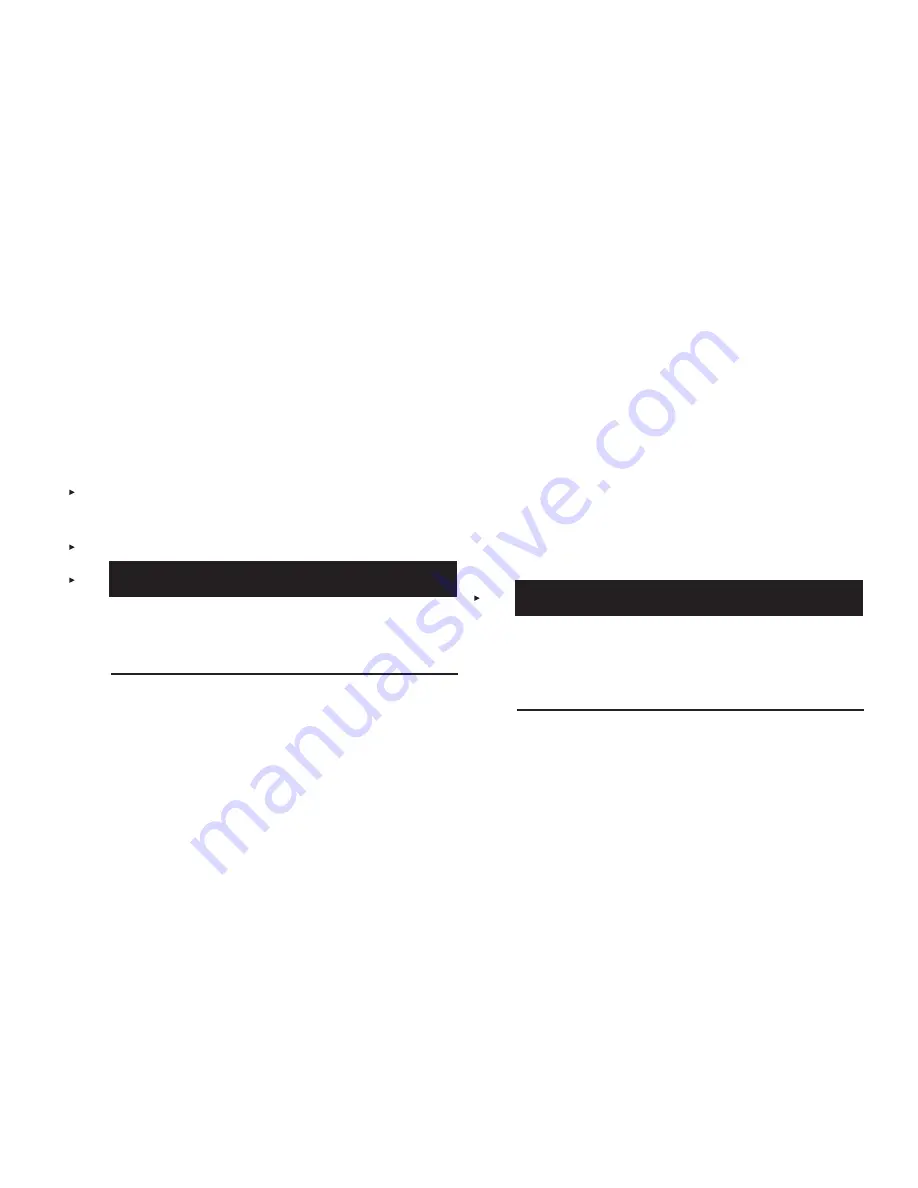
SECTION 8 – MAINTENANCE EXAMINATION
UL EX3470 ULC EX3470
2014-SEP-01 REV. 11 PAGE 8-5
R-102 Restaurant Fire Suppression Manual
SEMI-ANNUAL MAINTENANCE EXAMINATION (Continued)
Alternate Test Method: (Continued)
32. The gas valve should operate.
33. Pull the air cylinder rod to its fully extended position.
34. Re-cock the gas valve by pulling the valve stem up until the
pin in the stem engages the cocking lever.
35. Reinstall side covers on the gas valve and connect the
visual indication seal.
36. Test electric switches and electric gas valves by completing
steps on Page 6-2 in Section 6, “Testing and Placing In
Service.”
37. Before reinstalling cartridge, reset all additional equipment
by referring to appropriate section of “Recharge and Resetting
Procedures,” Section 7.
38. Remove shipping cap and weigh each cartridge. Replace if
weight is 1/2 ounce (14.2 g), or more, below weight stamped
on cartridge.
39. Make certain regulated release mechanism is cocked and
lock bar or lock pin is installed, then screw replacement
cartridge into regulated release mechanism and each regu-
lated actuator receiver(s) and hand tighten.
40. Remove lock bar or lock pin.
CAUTION
Make certain tension lever is in the “DOWN” position after
completing all tests. Failure to put the tension lever in the
“DOWN” position will cause the system to not operate
automatically.
41. Snap cover on regulated release and each regulated actua-
tor, insert visual seal (Part No. 197) through holes in cover
and box, and secure.
42.
If system contains an Agent Distribution Hose and
Restraining Cable Assembly, also perform the following
steps:
a. Carefully pull or push out the appliance and verify that
the Restraining Cable limits the travel of the appliance
and prevents the application of any pull force or bending
stress on the Agent Distribution Hose or hose-to-pipe
connections.
b. Check the Restraining Cable to verify it is not frayed
and is securely fastened to the appliance and the wall or
restraining location.
c. Check the hose and hose fittings and verify that the
hose remains in a vertical natural loop with no noticeable
fatigue at hose end couplings, no hose twists, no hose
kinking or sharp bends.
d. Check the outer hose covering for signs of damage,
checking, tears, or wear. If any of these signs are
observed, replace the hose.
e. Return the appliance to its normal operating position.
Again, check the hose and hose fittings to verify that
the hose does not have sharp bends, and is not kinked,
twisted, or caught on anything behind the appliance.
If any of these conditions exist, the hose and/or hose
connections will require installation modifications.
f. With the appliance in its normal operating position,
check the hose bend to make certain the bend is not
less than a 3 in. (77 mm) bend radius (6 in. (153 mm)
diameter). If less, replace hose.
g. Verify that the appliance is returned to its original desired
location. Failure to do so may result in undue stress and
fatigue of the hose and hose connections.
43. Record semi-annual maintenance date on tag attached to
unit and/or in a permanent file.
ANNUAL MAINTENANCE EXAMINATION
In addition to performing all the steps necessary for Semi-
Annual Maintenance, disconnect the agent discharge piping
from the storage tank outlet(s) and verify that the agent distribu-
tion piping is not obstructed.
1. At least annually, use dry air or nitrogen and blow through
the agent distribution piping with the nozzle blow-off caps
removed, verifying that dry air or nitrogen is discharging at
each nozzle location.
CAUTION
If nozzles show signs of cooking grease migration into
the orifice of the nozzle, or if there is evidence of agent
residue in the nozzle(s) or the inlet to the agent distribution
piping, some or all of the piping may require dismantling to
verify that the piping is not obstructed.
2. At least annually, all rubber nozzle blow-off caps must be
replaced.
Note: Annual replacement is not necessary for metal blow-off
caps.
















































